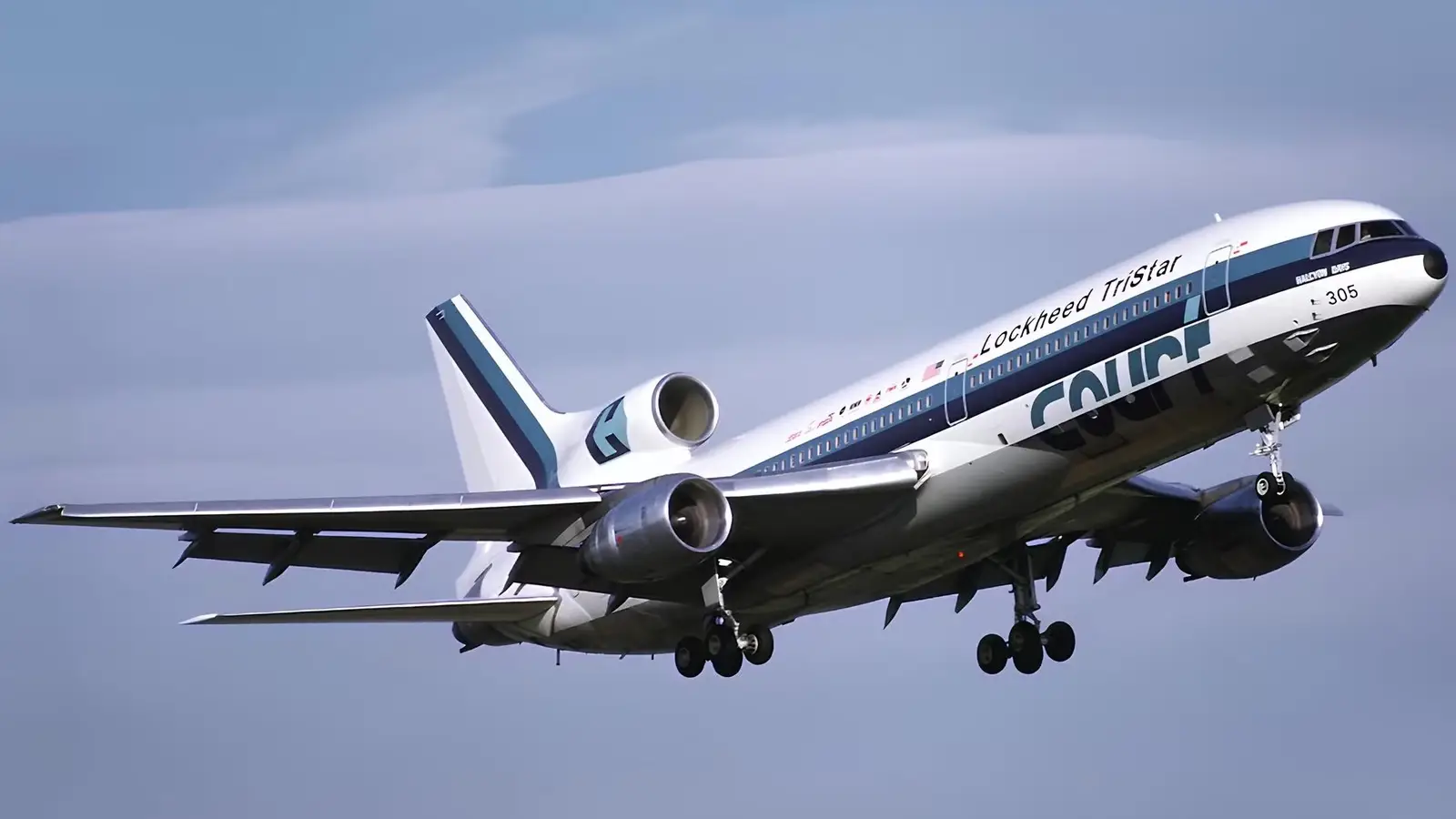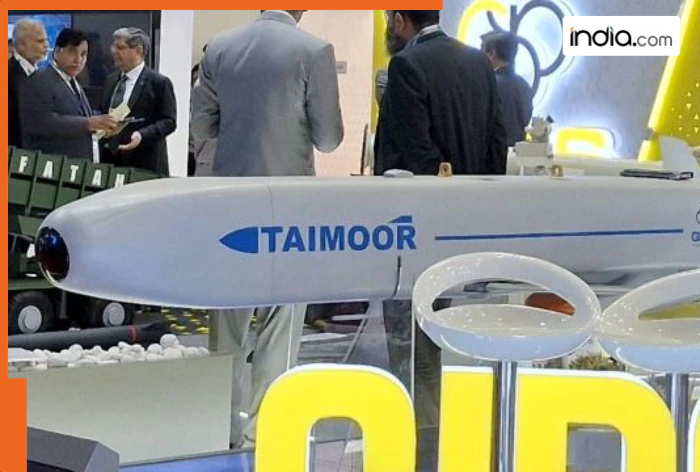
There are some aircraft that are fundamentally designed ahead of their time. Whether for market-based reasons, technological factors, or other elements of the development process that set an aircraft apart from its competitors, some jets simply outclass others of the same time period. While you have likely heard of most industry-leading aircraft models (such as the Boeing 787 today or the Boeing 747 three decades ago), others will fly under the radar. Specifically, an aircraft’s technologically advanced nature or uniquely innovative market purpose does not always indicate that it will be a bestseller. The general public (and investors who fund aircraft development programs through ownership shares in airlines) will ultimately remember aircraft programs by their bottom-line sales performance as opposed to any other features.
The Lockheed L-1011 TriStar was one of the few jets to take to the skies that was fundamentally ahead of its time, yet incapable of becoming a market leader. The jet boasted advanced avionics years beyond what Douglas and Boeing brought to the table, allowing the aircraft to land in near-zero visibility conditions. Despite its impressive technological features, there was simply far too limited a market for this aircraft when it finally entered serial production. Let’s evaluate the Lockheed L-1011, the impressive technological advances it brought to the market, and the factors that we believe held it back from becoming a true leader.
A Brief Overview Of The Lockheed L-1011 TriStar
The Lockheed L-1011 TriStar was a widebody three-engine aircraft that was intended to anchor the company’s entry into the commercial aircraft market in the early 1970s. Designed to compete against the McDonnell Douglas DC-10 and the Boeing 747 on shorter long-haul missions, the TriStar could seat roughly 230 and 400 passengers depending on the particular layout an operator chose. The jet could operate transcontinental flights while also pushing into transatlantic sectors, bringing excellent field performance to the table.
From a technical perspective, the aircraft was far ahead of its time. The aircraft was fitted with three Rolls-Royce RB211 turbofans, including an efficient S-duct tail engine setup. The aircraft had autoland capabilities, including direct-lift-control spoilers that supported smoother approaches alongside an advanced automatic flight control system with quiet, well-pressurized cabins. Pilots praised how well the aircraft handled, and the jet earned a strong safety reputation, especially in comparison to the DC-10. The program faced immense execution struggles, with RB211 engine delays and the bankruptcy of Rolls-Royce in 1971 forcing the UK government to rescue the company.
The aircraft was first delivered in 1972 to Eastern Airlines and Trans World Airlines, but the aircraft’s sales never matched those of its principal competitor. The aircraft’s variants allowed it to serve a range of capacities, with the shortened long-range L-1011-500 trading capacity for intercontinental capabilities. The aircraft’s total production figures only ever totaled around 250 before the production line was shut down in 1984, with Lockheed choosing to exit the commercial aviation industry shortly afterward as a result. The aircraft flew for carriers like TWA, Delta, British Airways, and Cathay Pacific before it was ultimately retired.
A Deeper Look At The L-1011’s Development Process
Lockheed (the predecessor to today’s Lockheed Martin) launched the L-1011 TriStar in the late 1960s in order to meet growing demand from US-based carriers for a 250-seat widebody capable of serving transcontinental and medium-long-haul routes. The company envisioned a jet that would compete head-to-head with the McDonnell Douglas DC-10. This pushed the company to pursue an engine that offered a low noise footprint, impressive fuel efficiency, and supported the advanced flight-control suite the manufacturer was planning on adding to the model.
This set of demands ultimately made it difficult for Lockheed to find an engine manufacturer to support its efforts, and the only one with a proposal on the table was Rolls-Royce. Ultimately, Rolls-Royce elected to develop an RB211 redesign for this aircraft, a choice that would send the company spiraling into bankruptcy. This left Rolls-Royce in desperate need of a bailout from the UK government while also putting Lockheed in a cash-strained position. The TriStar flew for the first time in November 1970, with certification and deliveries ultimately pushing the timeline back to 1972.
Despite superb handling and superior technology, the L-1011 TriStar was unable to recover commercially from the two-year delay, and a 1970s fuel shock made the three-engine aircraft less appealing in comparison to modern twin-engine aircraft.
Lockheed attempted to create multiple variants but still saw a relatively lukewarm sales performance. Eastern Airlines and TWA led the efforts to introduce the aircraft into service, and some airframes were even converted into aerial tankers. Nonetheless, production ended in 1984 and Lockheed left the commercial aviation market, never to return again.
Why Was The L-1011 So Technologically Advanced?
The Lockheed L-1011 TriStar earned its reputation as the most advanced aircraft of its time by providing operators with a number of unique benefits. It featured cutting-edge propulsion, advanced flight controls, and capable systems integration capabilities that were uncommon in aircraft of the time. The Douglas DC-10, the aircraft’s direct competition, lagged behind it in all of these key facets, and the unique triple-spool architecture of the jet’s Rolls-Royce RB211 engines delivered smoother throttle response, making it a favorite among pilots of the era.
These capabilities were combined with a highly capable automatic flight control system, which allowed the aircraft to land in near-zero visibility conditions, a capability that pilots could not consistently rely on from other widebodies of the era. The aircraft could automatically adjust pitch, giving pilots a uniquely good ability to guide the aircraft through variable landing conditions.
Meanwhile, its seemingly illogical S-shaped duct on its tail-mounted engine surprisingly did a decent job of offering clean airflow and keeping the tailplane compact, while a wide, efficient wing offered exceptional field performance. The table below details some specifications from the Airline History Museum.
The TriStar’s systems offered impressive redundancy, with built-in test equipment that could help isolate any safety or flight control issues that may occur in flight. Meanwhile, its pressurization and environmental control systems offered a quiet, smooth passenger experience with lower-deck galleys that freed up main-deck space without compromising service offerings. As such, the aircraft flew like a modern jet while offering a far higher level of passenger comfort than any model of the time.
Why Didn’t The L-1011 Sell Well?
While the aircraft was exceptionally advanced for its time, its poor market entry timing ultimately hamstrung its ability to effectively compete against the Douglas DC-10. The Rolls-Royce delays and the company’s ultimate 1971 bankruptcy led to the certification timeline being pushed back even further, allowing McDonnell Douglas to put its DC-10 into service first in 1971.
This head start helped the DC-10 lock in key customers like American and United, both of which sought fleet commonality. By the time launch customers Eastern Air Lines and TWA received their first TriStars, the effects of an oil shock were beginning to squeeze airline margins. This pushed carriers to defer aircraft deliveries.
The DC-10-30 was also the first long-range three-engine variant to enter the market, which captured intercontinental orders that the TriStar was unable to serve. The L-1011-500, which was supposed to be the aircraft manufacturer’s response to the DC-10-30, entered the market far too late to have any real impact on the company’s order books. At the end of the day, the aircraft was a victim of poor market entry timing.
What Legacy Does The L-1011 Leave Behind?
The Lockheed L-1011 TriStar leaves behind a legacy that blends technological excellence with a relatively poor commercial performance. Pilots and aircraft engineers will tout the aircraft’s benefits extensively, with most arguing that the jet is the best widebody of its generation. The aircraft was packed with innovations and thoughtfully designed and integrated systems that foreshadowed those that would enter the market decades later and slowly become the industry standard.
In several categories, the aircraft would set benchmarks that Airbus and Boeing would need to meet. However, the aircraft development program is more remembered for its struggles (specifically engine delays) than for the technological capabilities it truly brought to the table.
The plane’s story has slowly become a case study in supplier risk. Ultimately, cheaper and earlier alternatives cannibalized the market share that the L-1011 could have captured had it entered service on schedule.
An Exceptional Safety Reputation
While it is important to note that the L-1011 failed commercially, it set a new standard for safety in commercial aviation. The aircraft would eventually go on to record an incredibly strong safety record in comparison to the competitors of the era.
The Douglas DC-10 was famously involved in a number of high-profile crashes, earning it a poor safety reputation. The L-1011’s impressive technological upgrades made it statistically one of the safest aircraft of the era.



